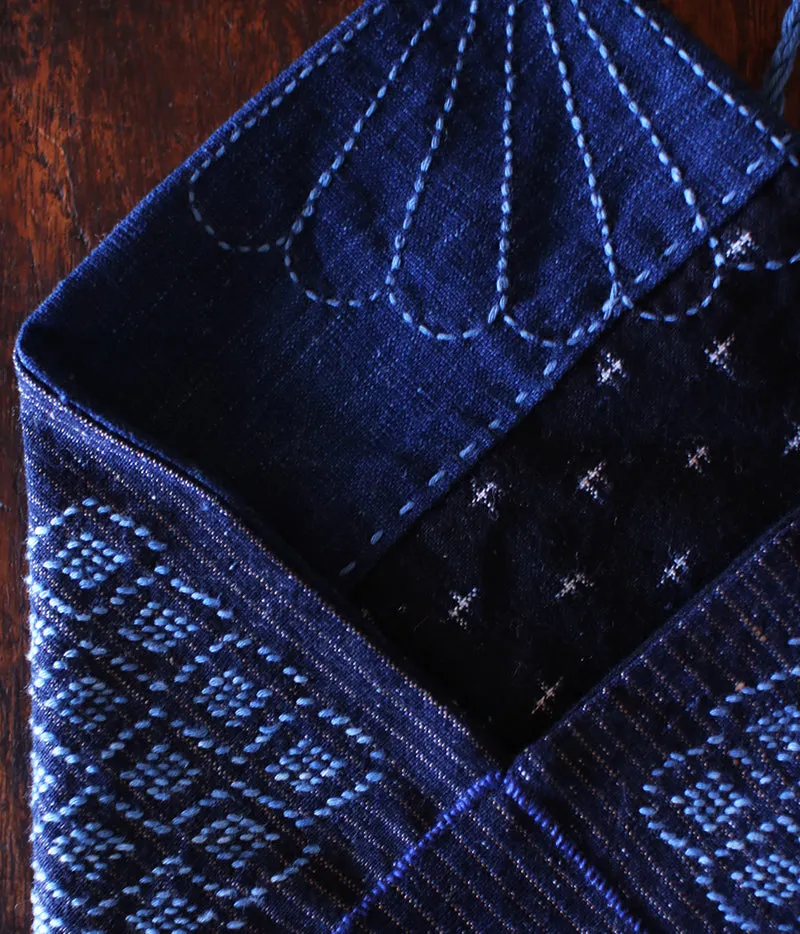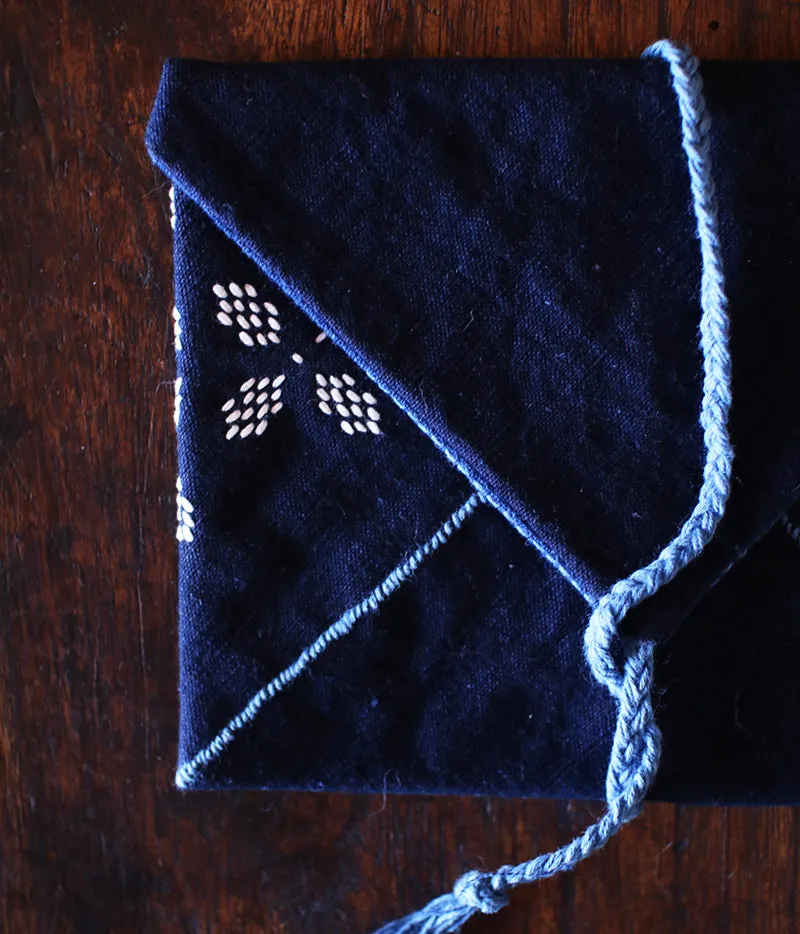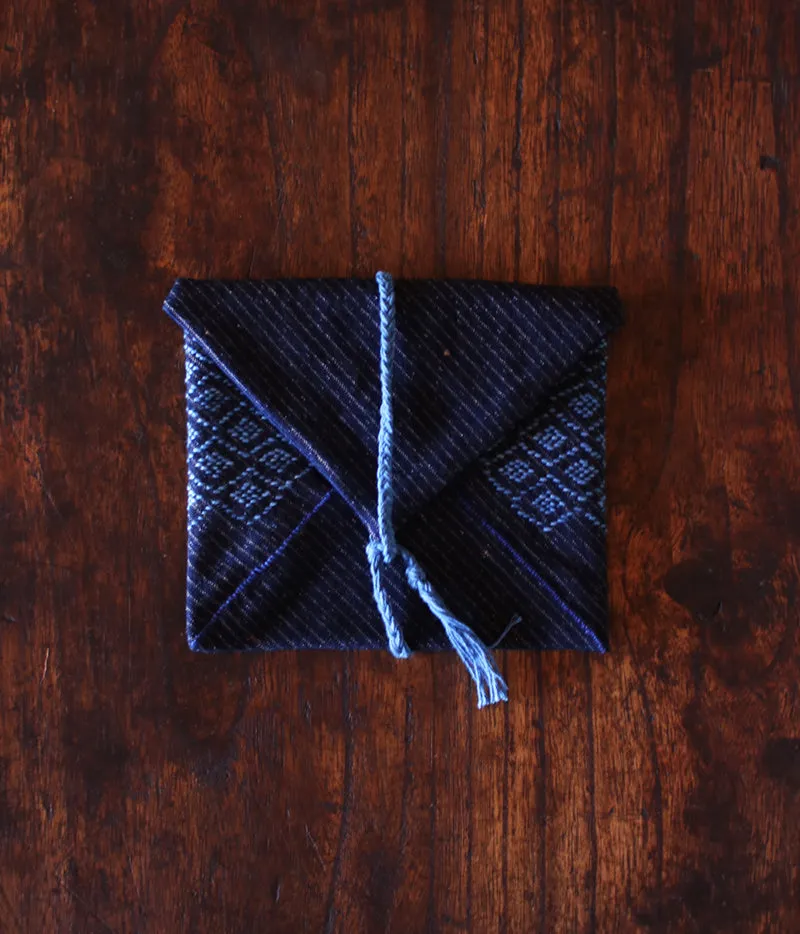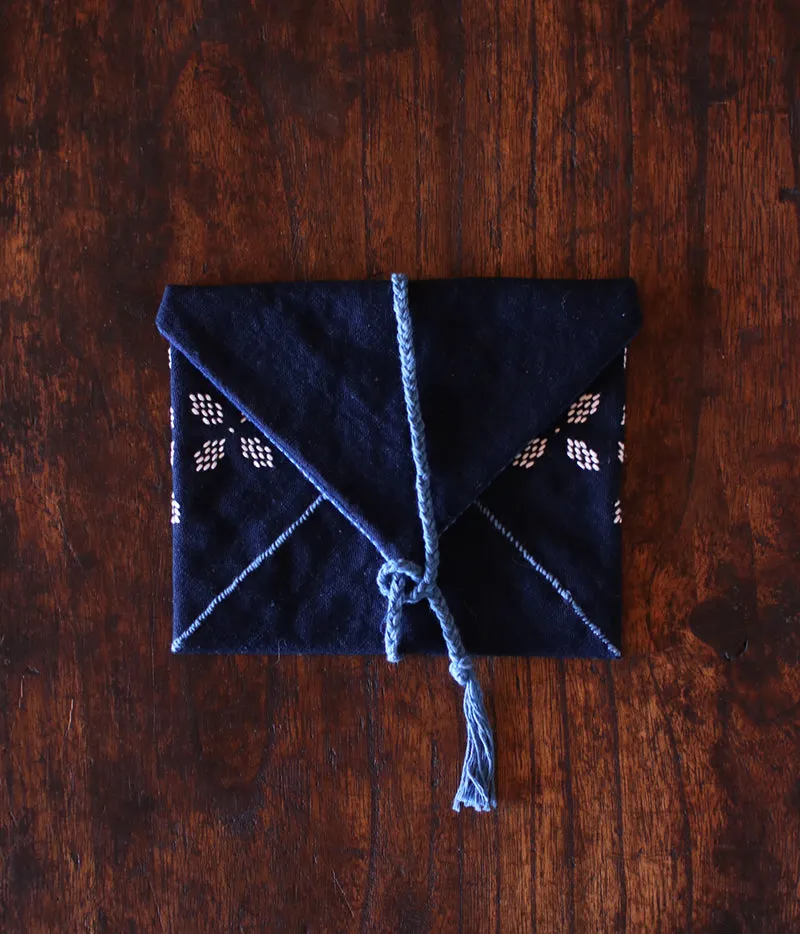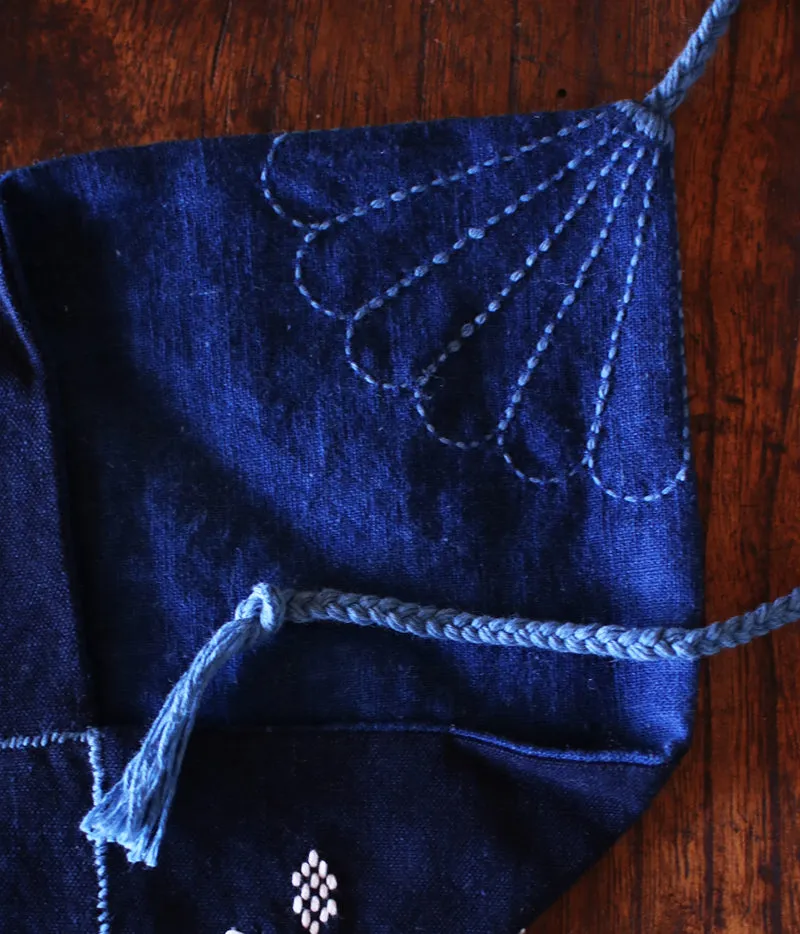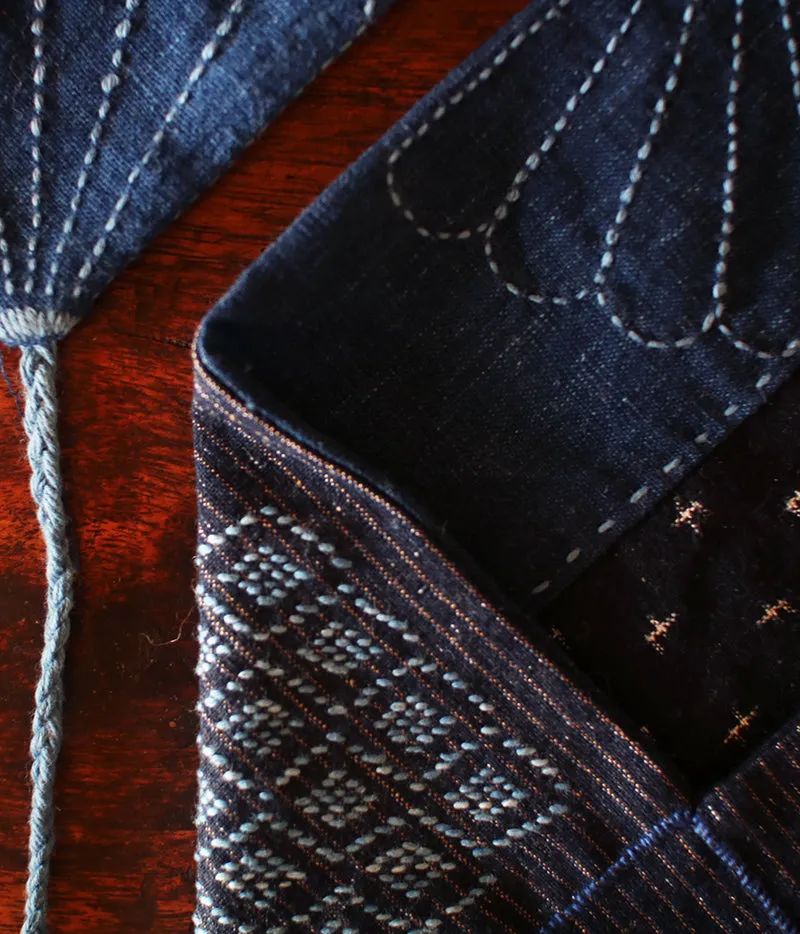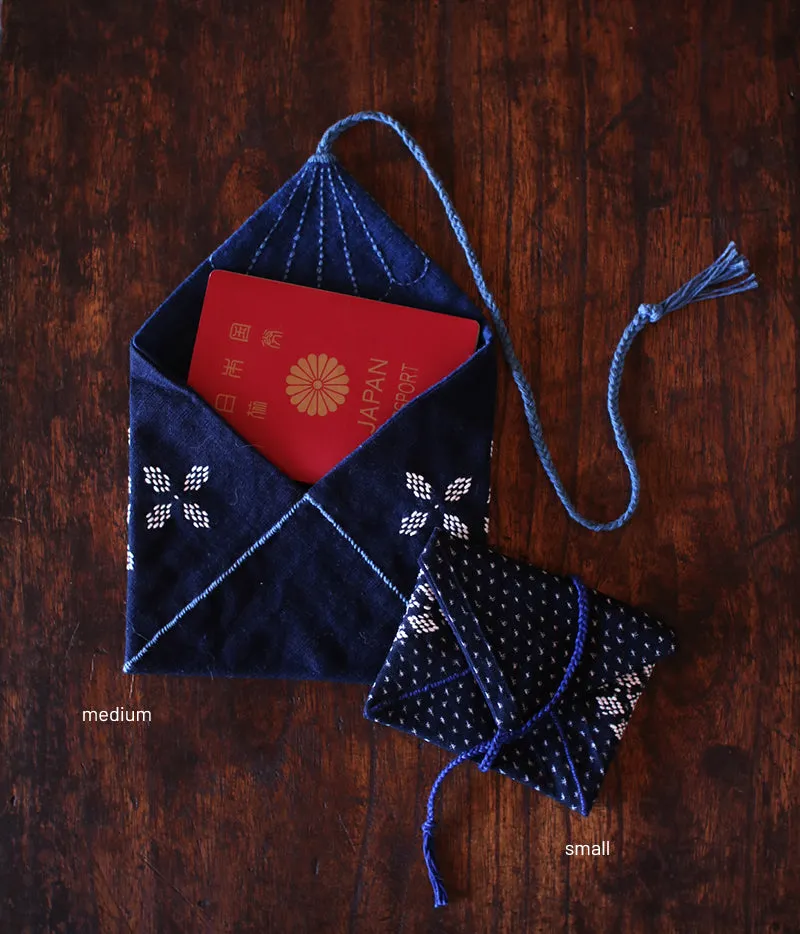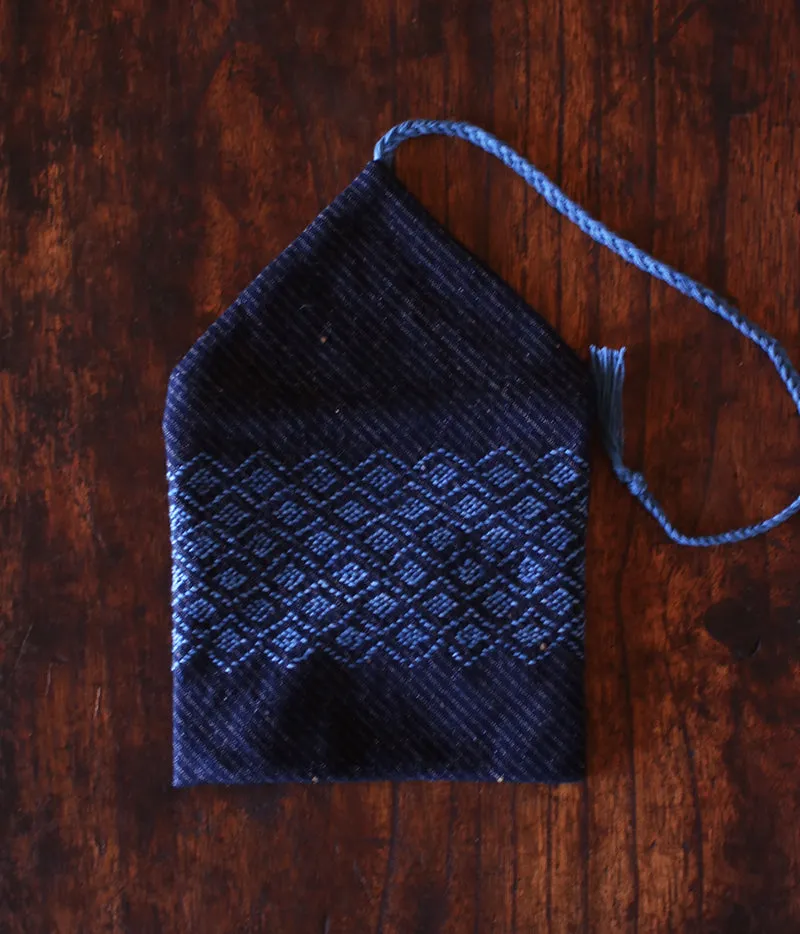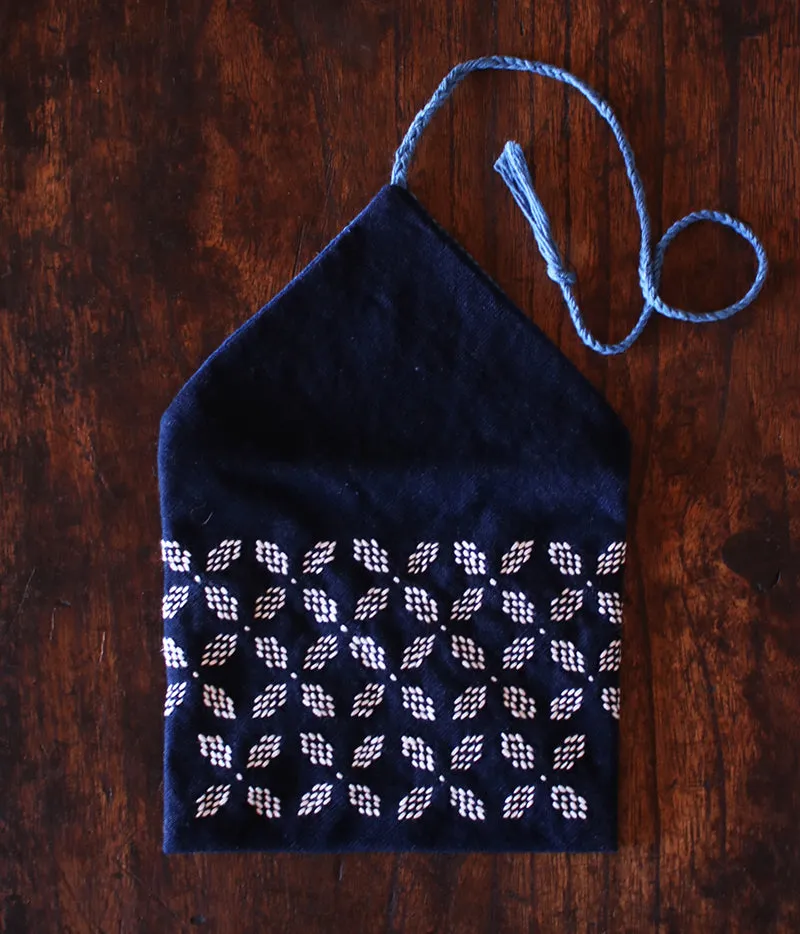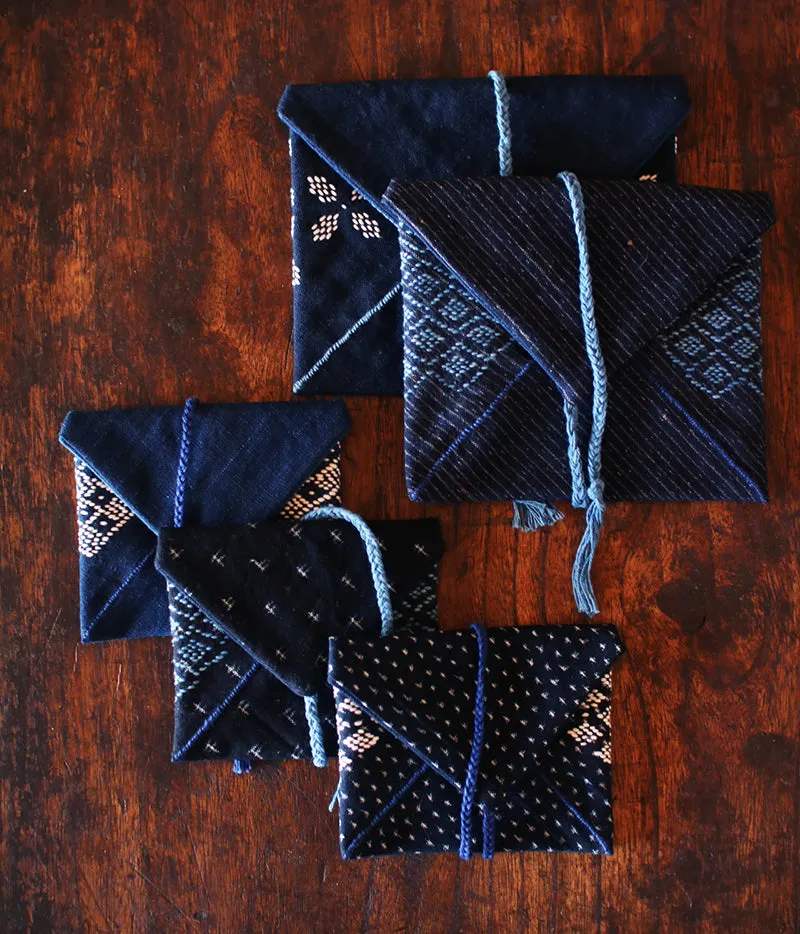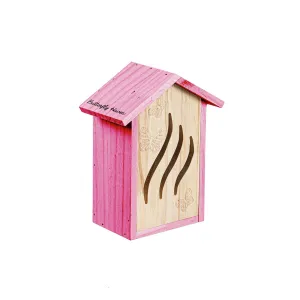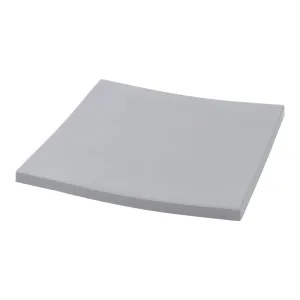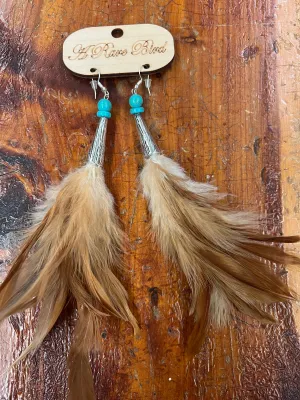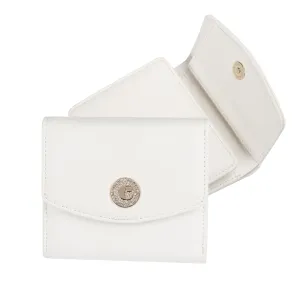This item is sold out but we will be getting more in 2024. If you are interested please sign up for the restock notification via the form below - thank you!
Originally called Santoku-bukuro, which directly translates to "three benefits pouch" or "three ways pouch", the history of this kind of pouch goes back to the Edo period (1603 – 1868) in Japan. In the ancient times these pouches were used to carry small items.
Japanese vintage aizome (indigo-dyed) boro fabric is used to create these pouches and exquisite sashiko embroidery work has been so carefully stitched an all sides -front, inside and back- on each pouch. The sashiko embroidery is for gathering the boro pieces together, for strengthen the fabric, and also for decorations.
These medium size pouches are perfect size to fit passport, or any small items.
The pouch is hand-sewn with hand-stitched sashiko work and each pouch is completely unique. Select from two designs: A and B.
[SHORTDESCRIPTION]
- Measurements: Approximately 13cm H × 15cm W / 5.12" H x 5.91" W (when folded)
- Materials: [Fabric] cotton (vintage indigo-dyed)
[Thread] Cotton sashiko thread (indigo-dyed) - The pouch has a cotton cord to wrap around to close/open
- Each pouch is completely unique
- Handcrafted in Japan
WAHT IS SASHIKO?
*Sashiko is a type of traditional Japanese embroidery/stitching which dates back to the Edo period (1603–1867) - a technique that was born out of practical necessity in northern Japan where many people were extremely poor and winters were too harsh for cotton to grow. To extend the lifespan of clothes, a worn-out piece was stitched with layers of old cloth to increase strength with this durable embroidery.
To learn more about Sashiko we highly recommend
ABOUT THE MAKER
ITOTSUZURI tells the story and culture of Shonai Sashiko* from a design point of view through their creations of precious textile crafts with sashiko work. ITOTSUZURI adopts the traditional and cultural background and aesthetic into a modern lifestyle while considering the ways for craft making towards establishing the Sound Material-Cycle Society in the age of abundance.
*One of the three major styles of sashiko, originated in Shonai region in Yamagata prefecture.

